David Daniels: How I Preach
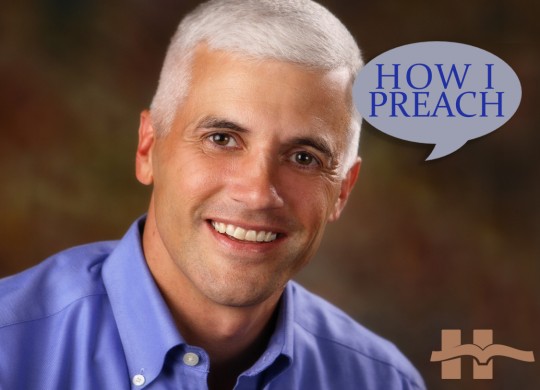
David Daniels: And this is How I Preach …
[David is currently the senior pastor of a large church in the DFW Metroplex. I had the privilege of being one of the readers of his DMin dissertation done at Dallas Seminary, and I enjoyed his creativity, intellect, and imagination. It might interest you to know that he wrote on how to induct principles of visual design into the craftsmanship of a sermon (he talks about it below). Interesting stuff. David’s church is thriving under his leadership and we can all benefit from his insights into the art and science of preaching. Read on ….]
David A. Daniels
Senior Pastor
Pantego Bible Church, Forth Worth, Texas
Current gig (preaching, teaching, etc.) and years at it:
Preaching regularly for the last two decades.
Currently at Pantego Bible Church (since 2005), preaching 40 Sundays of the year.
I also preach at Pine Cove Family Camps in Tyler, Texas, and in other venues.
I teach a 35-week systematic theology course at our church every other year.
Who or what made you want to preach:
I sat under the preaching of Don Sunukjian in college.
Later, the preaching of Rob Harrell, my mentor, was very formative for me.
Who are you most indebted to for making you the preacher you are (besides God)?
Rob Harrell took great risk in allowing me, a college student, to teach high school students on a regular basis.
Paul Borden and Scott Wenig had an enormous impact on me at Denver seminary.
Haddon Robinson encouraged me in my doctoral studies at Dallas Theological Seminary.
Most used English Bible version:
The New International Version (1984), and the English Standard Version.
Use of Greek and Hebrew (light/moderate/heavy)?
Light, relying mostly on grammar tools to assist me. Unlike my son who devours languages, I have always struggled with learning them. I especially value word studies and verb tense/mood.
Current devices you use for preaching prep?
PC.
Microsoft Word.
Logos.
What tools/aids for sermon prep can’t you live without?
Logos.
An illustration database.
One word that best describes how you prepare to preach:
Enthusiastic.
One word that best describes how you preach:
I invited some of my listeners to give a word to describe my preaching. I got: provocative, crafted, engaging, dynamic.
What does your workspace look like when you are prepping?
Relatively clean.
I copy/paste my preaching text in a narrow column on one sheet of paper.
I work through my inductive study with highlighters and pencil, combing through the text.
All preparation after that is on the computer.
Illustrations: Where do you go for them and how do you store them?
I collect illustrations all the time from every source possible.
I have a Microsoft Access database that easily catalogues and searches stories, quotes, and personal quips. Occasionally, I will scour sermon illustration websites, but most often end up using a personal story promoted by an idea I found elsewhere.
Tell us your sermon-prep routine.
Because of our unique approach to integrative biblical teaching, I have to prepare ahead of time.
Weeks out from a text/series, I do a “flyover” of a text, looking for the general idea. I have a pocket notebook where I record big picture ideas that come to mind.
On Monday before Sunday, I exegete the text really grappling with original meaning.
Tuesday is given to administration, but I discuss my sermon direction with a worship planning team to get outsider insight.
I begin sermon construction on Wednesday where I give most of the day to crafting the message with my people and their specific circumstances in mind.
By Wednesday afternoon or Thursday morning, I highlight key points/verses in my notes that will be presented on-screen during the Sunday sermon.
Then, I work through the sermon, applying digital “highlights” to each portion of my outline: Bible texts, illustrations, principles, alliterative ideas, etc. Each gets its unique color.
I print a full-size copy and 60% copy which is trimmed and fits neatly inside my Bible, though I rarely use it.
Average numbers of prep hours per sermon?
8–12 hours.
What’s your best time-saving trick?
I’m a refiner, so I am continually editing, rearranging, developing. I frequently save copies of sermons in-process along the way, all the way until I arrive at the finished product. It’s not uncommon for me to go back and grab a well-crafted sentence or idea from a previously saved version. Like writing my dissertation, I’ve learned never to throw anything away until Sunday is over!
What time of the day are you most effective?
Mornings before 11:00 am.
Any props used regularly in sermons? PowerPoint? Handout?
My sermons are usually accompanied by key texts and points on-screen, to assist a biblically illiterate culture.
I prefer not to offer outlines with the “points” provided so that my hearers aren’t constantly estimating sermon time remaining.
Occasionally, I will use props to visually enhance a principle.
No notes/some notes/extensive notes (manuscript)?
For the first few years of preaching, I manuscripted my sermon and memorized word-for-word so I could devote better time to style, cadence, body language, etc.
Today, my outline is pinned inside my Bible with stickie “tabs” attached for ease of access if necessary. However, after preaching for 25 years, I refer to my notes only infrequently.
Who critiques your sermons, beside yourself?
I get feedback from my wife and several pastors on staff.
With the latter, we review our Sunday worship service the following Tuesday.
How has your preaching improved over time?
I have noticed three qualitative changes:
1) I have become more comfortable in my delivery and, therefore, better able to express emotion from the pulpit;
2) I have learned better how to deliver, not only the academic reflection of the passage, but the authorial intent in relevant terms for my hearers;
3) I don’t spend as much time with my notes on Saturday evening or Sunday morning. The sermon is more “in me.”
What everyday thing are you better at than anyone else?
I don’t think I do anything better than anyone else.
But, I do excel in problem-solving and organization. Both of these have helped my preaching enormously.
What do you listen to while you work?
Nothing. Silence is golden!
Are you more of an introvert or an extrovert?
Introvert, but an extrovert-wannabe.
What do you wish you had learned when you were in seminary?
How to practically lead and manage staff teams.
Exercise routine? Sleep routine?
I sleep 7 hours on average.
I exercise moderately.
Spiritual disciplines?
Bible study and verse memorization are a staple for me. Both have been indispensable to my preaching.
Favorite food?
Chicken enchiladas!
What you do when you aren’t involved in preaching-related activities?
I love time with my family, home renovations, playing Settlers of Catan, and dreaming up new strategies for our church.
What’s the best advice you’ve ever received?
Resist reading your own headlines.
Fill in the blank. I’d love to see ________ answer these same questions.
Alistair Begg, senior pastor of Parkside Church, Cleveland, Ohio.
Anything else you’d like to add?
I’ve looked at preaching through a unique lens during the last 20 years. My undergraduate and professional background is in graphic design. Having learned 5 universal principles of visual design—rhythm, contrast, balance, proportion and unity—I apply these principles to the craft of sermon preparation and delivery. I am ever-conscious of the flow of a sermon (rhythm); appropriate variety of content and delivery (contrast); the importance of supporting data/illustrations (balance); careful emphasis of each movement relative to the text (proportion); and a thread that pulls the sermon together by conclusion (unity).
[For the archives of this series, How I Preach, see here.]


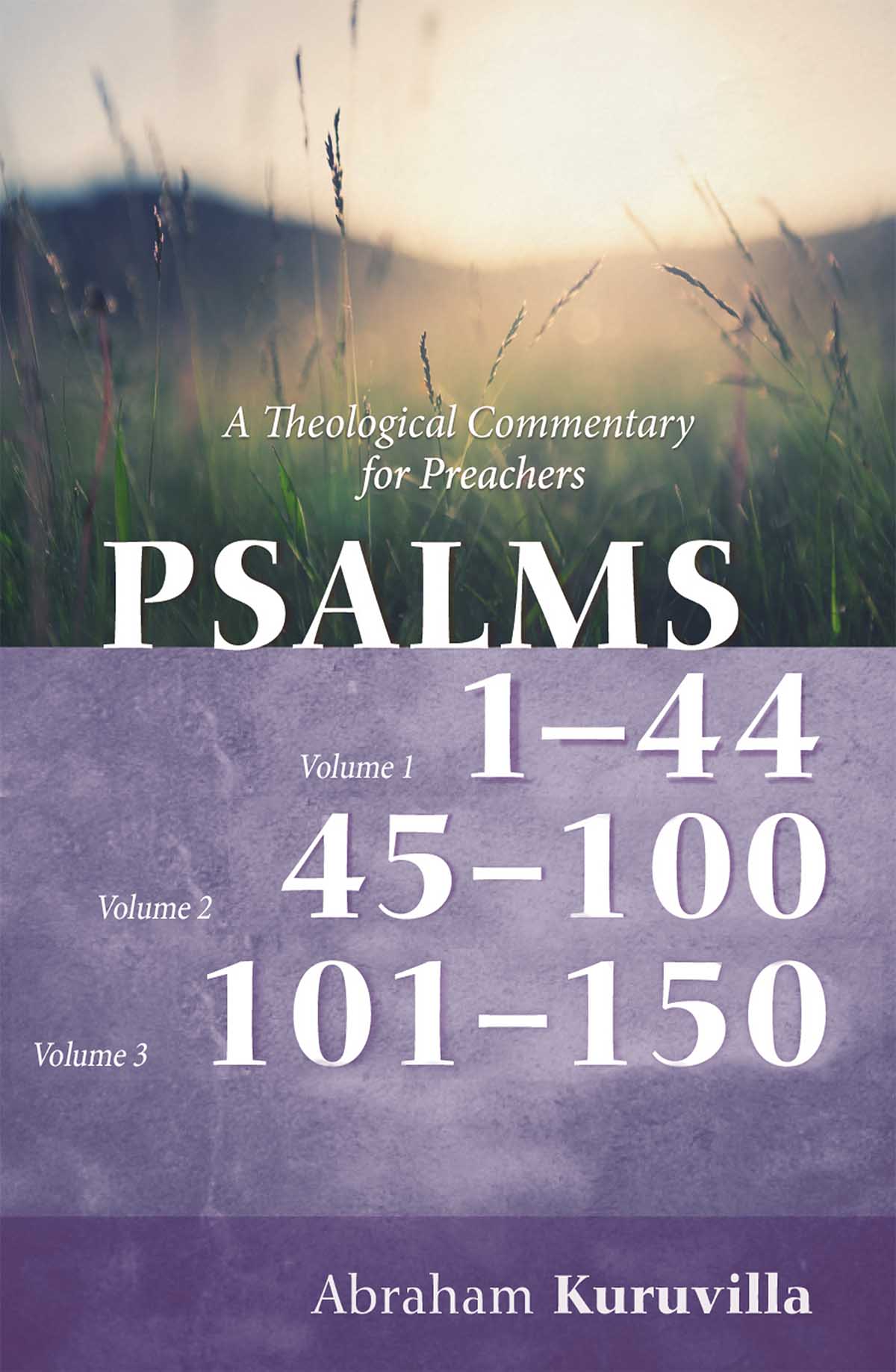
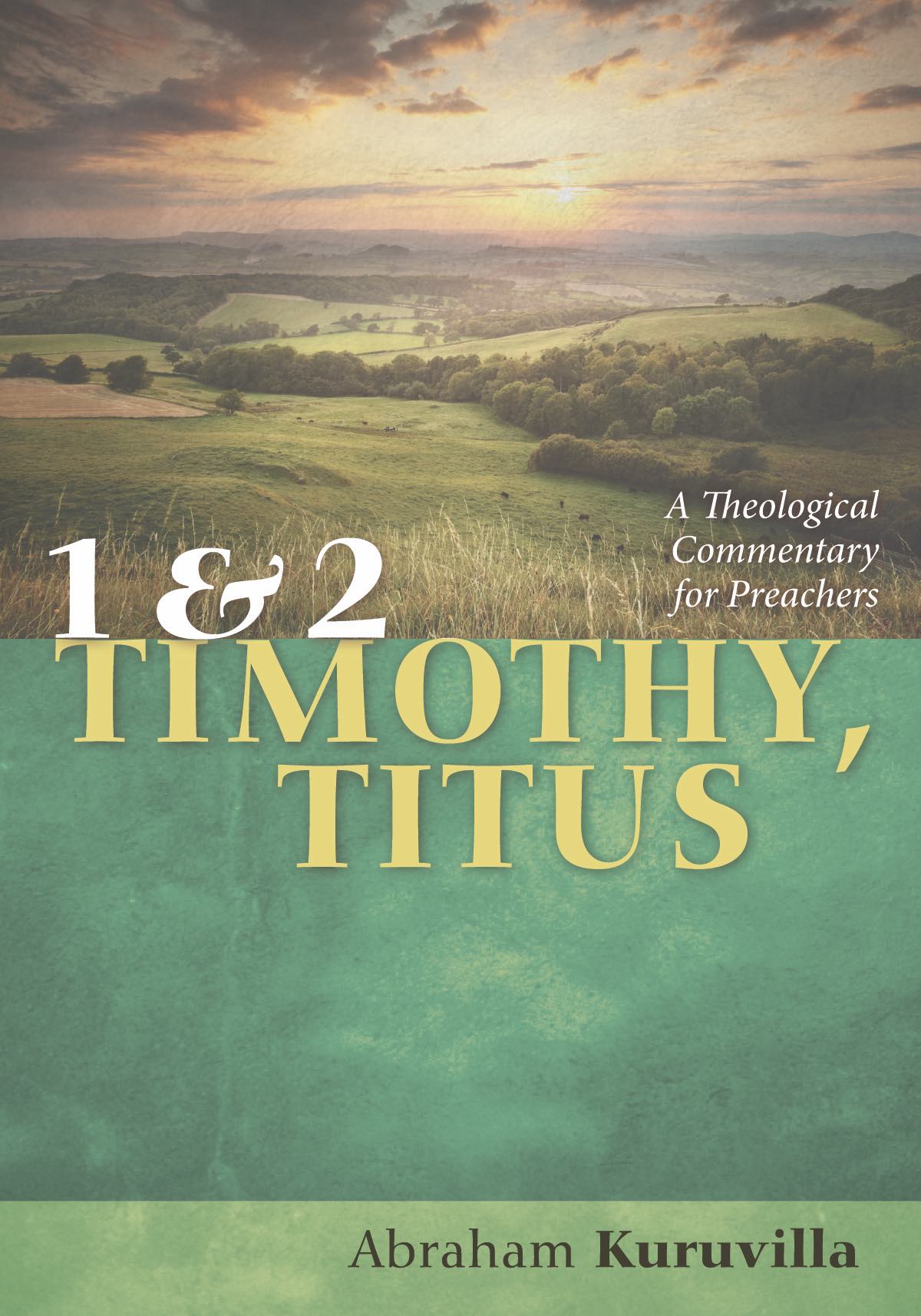
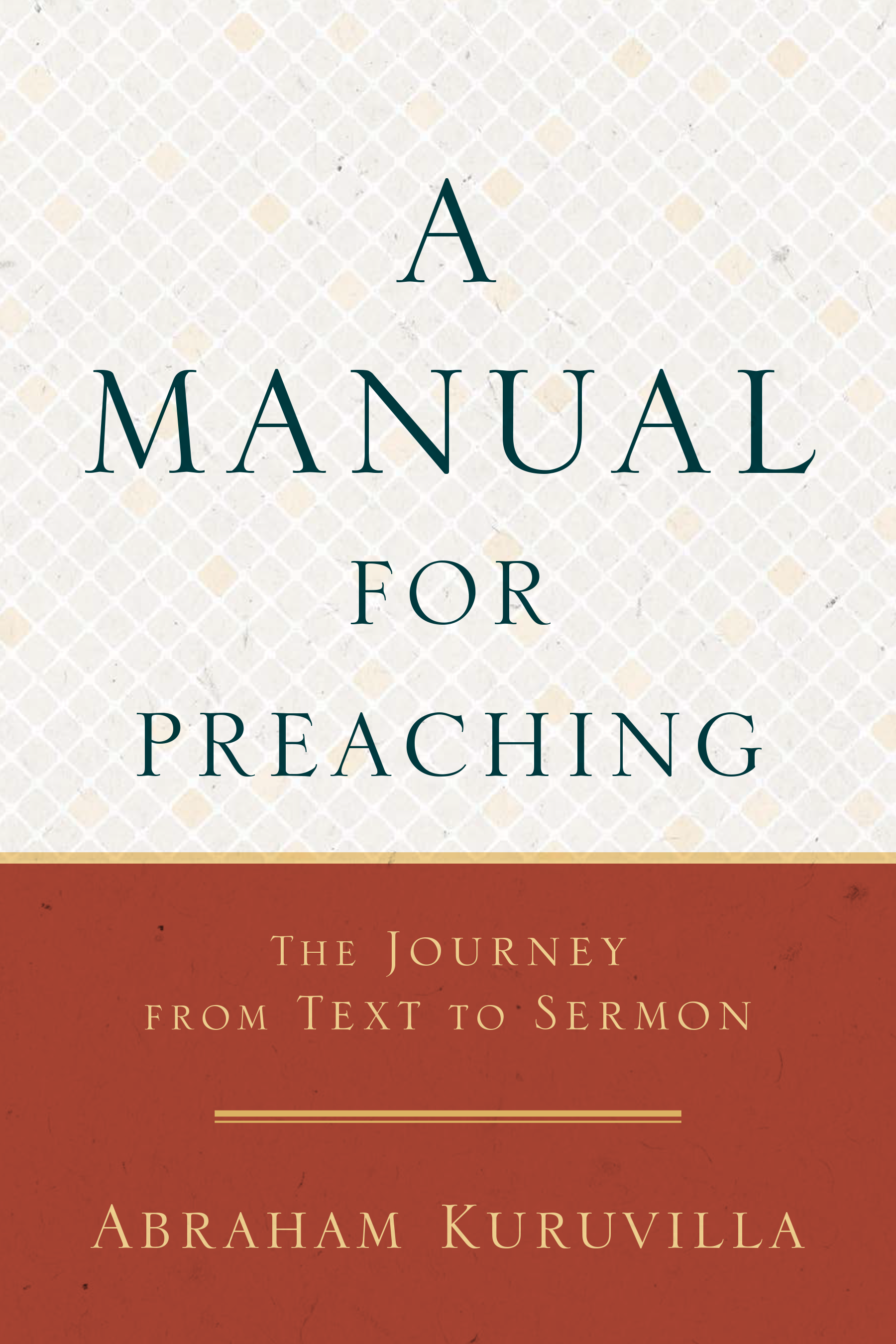

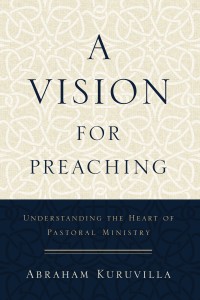





 Abe Kuruvilla is the Carl E. Bates Professor of Christian Preaching at The Southern Baptist Theological Seminary (Louisville, KY), and a dermatologist in private practice. His passion is to explore, explain, and exemplify preaching.
Abe Kuruvilla is the Carl E. Bates Professor of Christian Preaching at The Southern Baptist Theological Seminary (Louisville, KY), and a dermatologist in private practice. His passion is to explore, explain, and exemplify preaching.